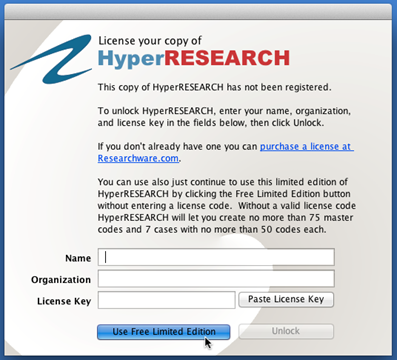

Resilience is both process-based and evolutionary, rather than a static trait which an individual does or does not have. Individuals must experience stress or adversity before developing resilience, and consequently demonstrate positive adjustment and adaptation to it through ongoing interaction with environmental factors. While resilience is used widely to describe individuals’ response to chronic disease, with the concept has particular relevance for substance use and recovery, and their antecedent conditions. Resilience is a term broadly defined as the interactive and dynamic process of adapting, managing, and negotiating adversity. Few published studies have described factors contributing to positive outcomes in this population, despite recognition of the importance of employing a strengths-based approach in research about people who use substances. Previous research exploring the experience of pregnant women with substance use disorders has focused on structural barriers and vulnerabilities, butless is known about factors which facilitate treatment success. These factors intensify the stigma associated with prenatal substance use and are reinforced by social determinants, further limiting access to care. For many pregnant women, substance use treatment is difficult to obtain due to lack of programs willing to treat pregnant women, cost, lack of medical coverage, fear of legal consequences, and threat of child protection involvement for women who have children. Pregnant women with substance use disorders are often perceived as criminals rather than individuals with a serious health condition, resulting in an uncertain and potentially hostile environment of care. Discontinuation of treatment in the first 6 months postpartum is even more common.

Despite these efforts, more than one-third of women with documentation of OUD in the year before giving birth do not receive pharmacotherapy, the gold standard treatment for perinatal OUD. The current surge in prenatal OUD has led to a renewed focus on improving care for affected women and infants, including development of national treatment guidelinesand allocation of federal funds aimed at increasing access to appropriate care. A tragic increase in maternal deaths from opioid-related causes accompanied this increase. delivery hospitalizations from 1999 to 2014. The estimated prevalence of perinatal opioid use disorder (OUD) grew from 1.5 to 6. Between 20, rates of heroin use increased at twice the rate among women as men, contributing to a 127% rise in opioid use during pregnancy. An estimated 8.5% of pregnant women nationally report non-medical drug use, with a sharp rise in use of opioids. Prenatal substance use is a persistent public health problem in the United States. The Creative Commons Public Domain Dedication waiver ( ) applies to the data made available in this article, unless otherwise stated in a credit line to the data. If material is not included in the article's Creative Commons licence and your intended use is not permitted by statutory regulation or exceeds the permitted use, you will need to obtain permission directly from the copyright holder. The images or other third party material in this article are included in the article's Creative Commons licence, unless indicated otherwise in a credit line to the material. Open AccessThis article is licensed under a Creative Commons Attribution 4.0 International License, which permits use, sharing, adaptation, distribution and reproduction in any medium or format, as long as you give appropriate credit to the original author(s) and the source, provide a link to the Creative Commons licence, and indicate if changes were made.


 0 kommentar(er)
0 kommentar(er)
